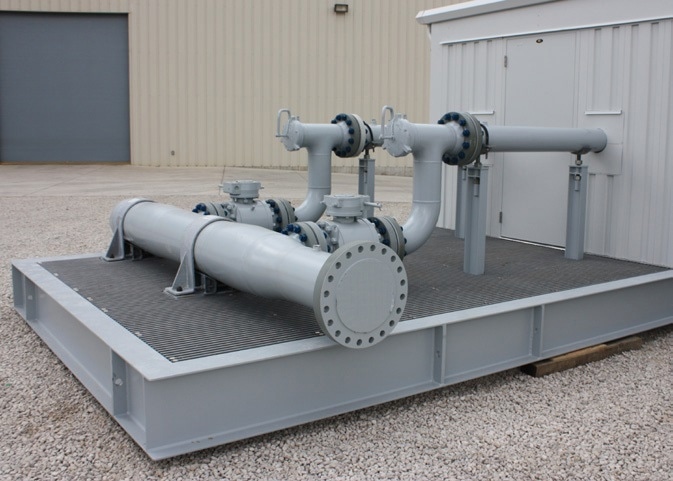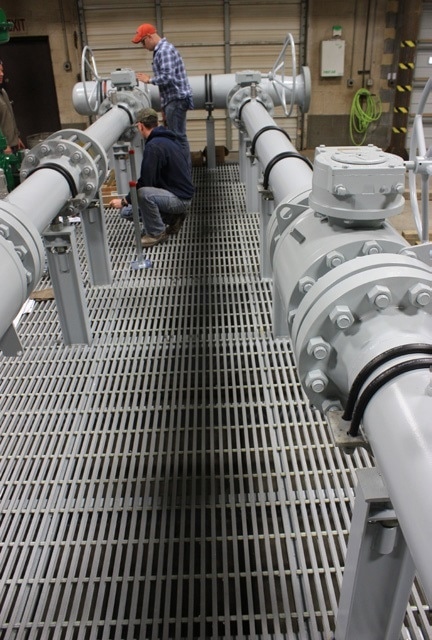Over many decades, the hydrocarbon community has known that natural gas is abundant. For several companies, the extraction of natural gas has been constrained by the high cost; this was rectified by various technology-related and safety-related progresses achieved through joint public-private entity collaborations.

Since horizontal drilling and fracking are the main extraction processes of natural gas, mobility has been an important driving force for energy companies as they install gas monitoring stations through the entire country.

DURAGRID Pultruded Grating
Efforts were made to widen the applications with fibre-reinforced plastic (FRP) composites for the gas production, transmission, distribution, and storage companies in the United States. To achieve this, a full service turnkey engineering, manufacturing, and construction contractor for the natural gas industry located in the Appalachian Basin collaborated with GEF Inc.
One among the applications is the production of skid-mounted natural gas monitoring stations, which are shipped through the entire country and usually have a width of 12 feet and a length of 25 feet. Each platform is equipped with a DURAGRID® I-6000 pultruded fibreglass grating with a thickness of 1.5 inches, including a gritted top.
Transition to FRP from Steel
When questioned about the decision to transition from steel to FRP for their platforms, the answer was threefold.
Owing to mobility concerns and shipping costs, DURAGRID® decreased the overall weight of each skid, rendering it more easy to ship and also move around for fabrication and site use. Since the turnkey natural gas contractor had offered their services to the natural gas industry for several years, they quickly understood that corrosion was translating into a confounding problem at these extraction sites because of environmental exposure. As steel rusted very rapidly, it demanded maintenance and safety downtimes. With the additional advantage that FRP is non-conductive, a non-sparking operational environment added more fire safety value for the monitoring stations.

This information has been sourced, reviewed and adapted from materials provided by Strongwell Corporation.
For more information on this source, please visit Strongwell Corporation.